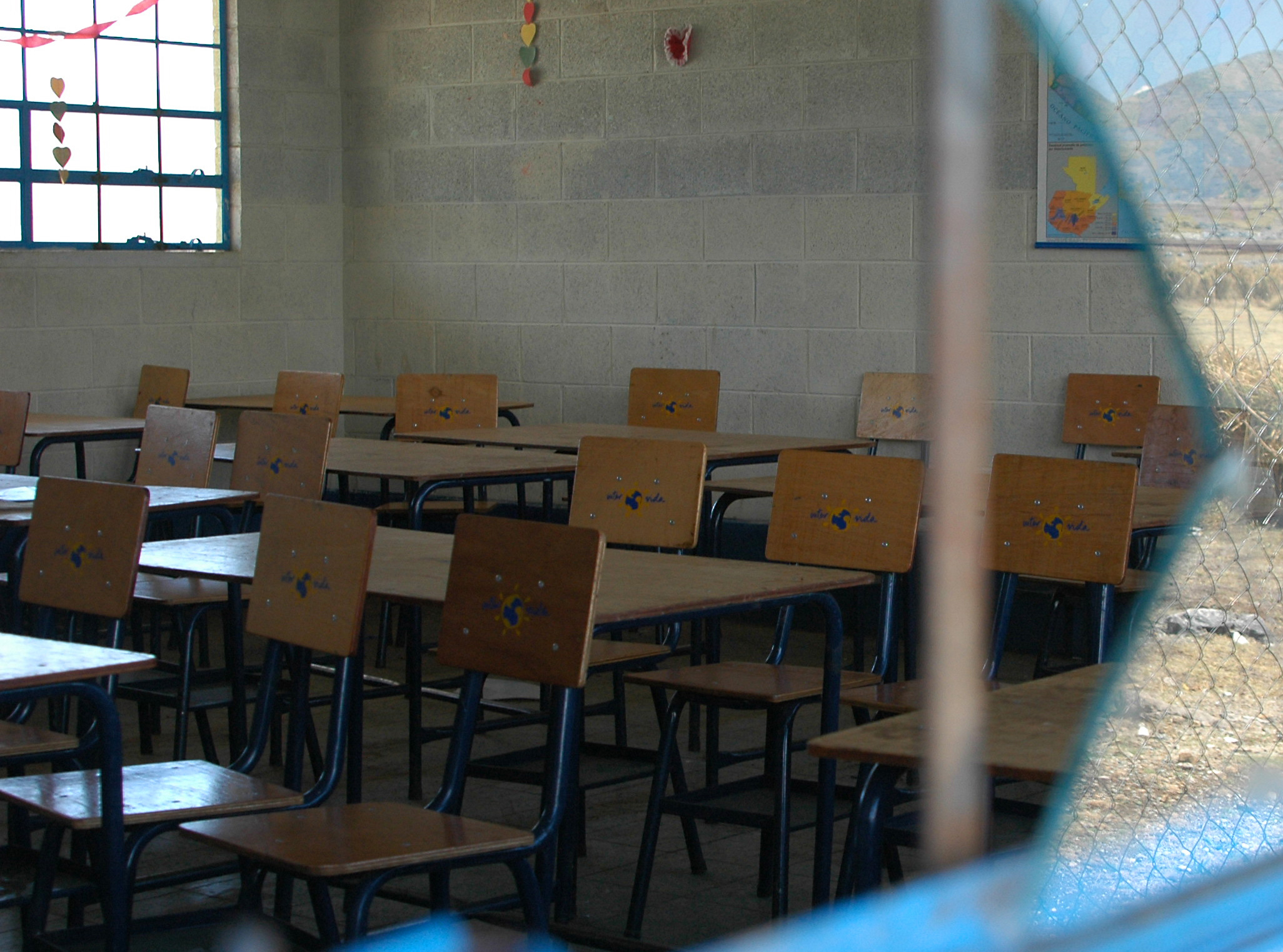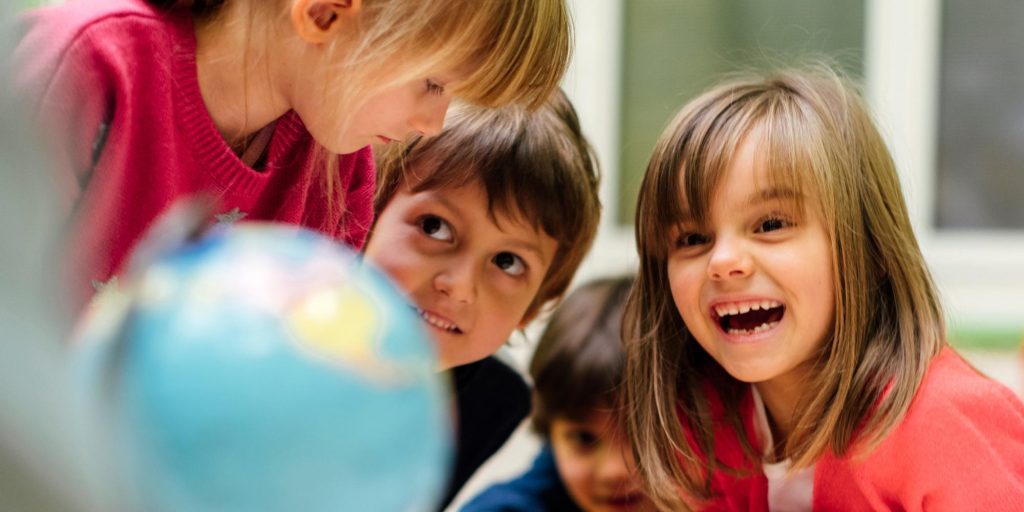13 Apr 2023 | Articles
What’s behind the attacks on schools?
In the face of tragedies like these, fear and nervousness can impair our understanding and impoverish our responses. At first glance, superficial explanations can help us make senses of what seems absolutely incomprehensible. What’s behind the attacks on schools? It can be tempting to respond to this restlessness by locating problems “within” people or institutions, holding them individually accountable. Thus, bullying or parental neglect may emerge as more immediate responses. And they certainly don’t stop being part of the equation.
However, other social phenomena such as extremist ideologies that glorify violence and its free circulation on social networks, the increase in access to firearms, the spread of hate speech and media spectacularization are also factors that cannot be ignored. People, families, and institutions carry individual responsibilities, but exhibit symptoms that pertain to collective realities, that is, to what we produce together when we relate. We feel and act, in large part, from what is socially available.
THE HUMAN BEING IS NOT BORN VIOLENT
We know that human beings are not born violent. If there is a “human nature,” it is more cooperative than destructive. Among animals, humans have the longest period of “maturation,” in which they need to receive care and integrate into a community to become “autonomous” adults. In reality, what is observed is that we have “learned” to be violent.
The dominant culture of our societies boasts rhetoric that condemns violence, it is true. However, at the same time, there is a culture of violence that constantly whispers to individuals that when faced with a conflict, there are only two alternatives: cowardice or violence.
BEING PEACEFUL IS ALSO LEARNED
If we learn to be violent, we can also learn to be nonviolent. Violence is the result of a deep sense of powerlessness: of seeing oneself without a future, useless or unfit for the world. They feel null, so they destroy to say that they exist. Teaching nonviolence, then, involves teaching yourself to feel like someone without having to assault anyone. Nonviolence means acting without violence against violence. It is about using life to preserve it; while violence always threatens the other with death.
If we start from the premise that everyone wants to be connected to each other in a positive way, being seen, heard and valued, we will give better responses to the many manifestations of violence at school and in society as a whole. Investment in relationships is based on respect, mutual responsibility and friendships formed within a friendly community. If the basic work of forming a sense of community is not done, the child has nothing to preserve or to nourish, so he has nothing to lose by bad behavior, confrontations or violence. It has little motivation to change.
URGENCY: THE REFORM OF THE VALUES THAT GUIDE CULTURE AND EDUCATION
Schools have rules and norms in place to provide a safe place for everyone. But true security comes from cultivating and maintaining relationships of mutual care. Everyone loses out when, in the face of a socially harmful action, we join only with vigilance, rules and norms instead of in relationships with each other in a more humane and skillful way. More than ever, it is time to prioritize the teaching and learning of skills and competencies that can set up safe living spaces for all. We need to invest in reforming the values that guide culture and education. Certainly the complexity of the human condition may not eliminate violence, but certainly, today’s children and young people will be adults better able to face conflicts and build peace.
SOURCE:
SÉMELIN, Jacques. Nonviolence explained to my daughters. Via Lettera Editora, São Paulo, 2001
MULLER, Jaean-Marie. Nonviolence in education. Palas Athena, Sao Paulo, 2006
AMSTUTZ, Lorraine Stutzman and Mullet, Judy H. Restorative discipline for schools. Palas Athena, Sao Paulo, 2012







